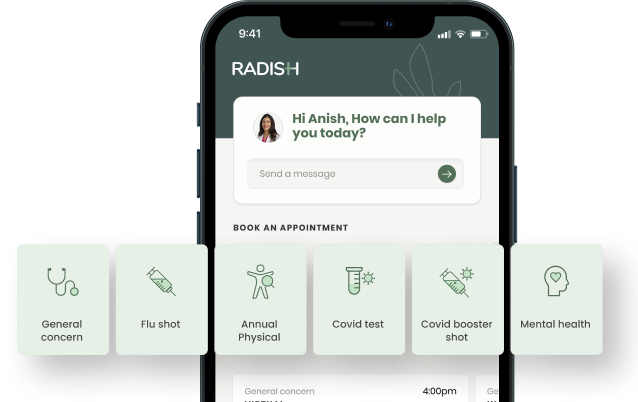The ABCs of Health Insurance

Jason Sellers, MD
With the end of the pandemic health emergency, you may find yourself being charged for healthcare costs that were covered before. Insurance is complicated, so let’s learn a little bit more about it so you can better understand your benefits and choose the right plan for you!

Love it or hate it, health insurance is an integral part of the healthcare landscape in the United States. It’s also the most confusing! A good starting place is knowing what all the complicated terms and exceptions mean. Let’s learn some health insurance vocabulary!
Contracted rates = the cost of health care when you have insurance
This is why you need to have insurance in the US. For example, a standard screening for diabetes can cost up to $75 or more when billed directly to you, but when you have insurance can cost as little as a few dollars even when paid “in full.” This is because insurance companies negotiate rates with providers so that, even if you have a high deductible, you are still protected from the exorbitantly high and unpredictable costs associated with uninsured medical care.
Deductible = the amount you pay for health care before the plan kicks in
This is usually the source of “surprise” medical bills for people who are insured and is oftentimes a major cause for confusion. Your plan may have a separate deductible for medical services and pharmacy services. There may be certain services, such as doctor’s visits, blood work, and basic imaging that are covered without a deductible. It’s all very confusing, which is why it’s important to read the fine print to understand your benefits.
Copay = a fixed amount you pay for certain medical services
This is a type of cost-sharing where you pay a health care provider a portion of the overall charge for services that are covered by your health plan. For example, a $20 copay to see your PCP means that you pay them $20, and your insurance plan pays them the rest of the charge. If your plan has an overall deductible with a copay for certain services, it is likely (but not guaranteed) that the plan will cover those services without you paying the deductible.
Coinsurance = a percent amount you pay for certain medical services
This is similar to a copay, but it is usually a percentage and kicks in after the deductible is met. So for example, if you have a deductible of $500 and coinsurance of 20%, an MRI that costs $800 will cost you that $500 deductible plus 20% of the remaining balance of $300. If you have another MRI that year, the deductible is already met so you will pay 20% of the full $800. This can be another source of surprise medical bills, as 20% of a big number is usually still a big number!
Preventive care = care that will keep you healthy… and is free
It is important to remember that preventive care is covered at 100% without a deductible and without copay or coinsurance, and this exists thanks to provisions from the Affordable Care Act. This means that when you have an annual physical, or if you get preventive blood work (like age-appropriate prostate cancer screening) or preventive imaging or procedures (like an age-appropriate mammogram or colonoscopy), it is covered at 100% as long as the provider is in-network with your insurance and the service is considered preventive. As you may have guessed, it may not be simple to make that determination.
In-network = providers that accept payments from your insurance company
Unfortunately this is a very subjective term. You may think that your provider accepts your insurance, but did you check whether they accept your specific plan, for example the “Prime Access Choice Plus Optimum” plan? There are literally thousands of plans out there, and a provider that accepts your insurance network is not necessarily the same as a provider accepting your insurance network and your particular plan. This is oftentimes the case with HMO plans, and is another important thing to check on.
Summary of benefits and coverage = one stop shop for understanding your plan
This is a very useful table available from your health plan that is supposed to clearly explain your benefits for various services for in-network and out-of-network providers. It’s a good start for understanding your benefits, but is sometimes ambiguous or leaves out specific information.
Summing things up
Fortunately, insurance companies have made it somewhat easier to understand, but coverage for healthcare costs is never a guarantee. The best way to estimate health care costs before seeing the doctor is to confirm that the provider is in-network (easier said than done) and checking that the appropriate billing codes are covered (good luck finding them).
Sounds confusing? It is. Most medical offices won’t help you out with this, but at Radish we help you navigate this process and make it a lot easier to get the healthcare you need. We’ll even schedule the appointment for you! If you’ve got a question, simply chat with your Radish Care Team to get started on your healthcare journey worry-free!
Request a Free Demo
Learn how Radish Health can help you improve employee health and save on healthcare.
Request a Demo